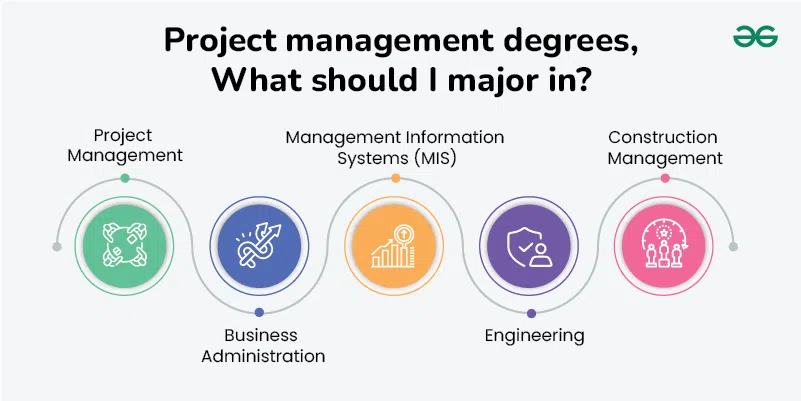Python has grown from a simple scripting language into one of the most powerful and versatile programming platforms in the world. The secret to its success lies in its rich ecosystem a vast network of libraries, frameworks, tools, and communities that empower developers to solve complex problems quickly and efficiently.
This article explores what makes Python’s ecosystem unique, how it simplifies web development, fuels data science and AI, and where it’s headed in the future.
1. What is Python’s Ecosystem?
The Python ecosystem refers to all the tools, resources, and communities that work around the Python programming language.
Core elements include:
-
The Python Interpreter: The engine that runs Python code.
-
Standard Library Built-in modules like
os,math, anddatetimefor everyday tasks. -
Third-Party Libraries Packages from the Python Package Index (PyPI) covering everything from AI to automation.
-
Development Tools IDEs (PyCharm, VS Code), testing tools (pytest), and package managers (pip, conda).
-
Community Support Forums, conferences (PyCon), tutorials, and open-source contributors.
The ecosystem’s size and diversity mean developers rarely have to start from scratch — there’s usually a library for whatever you need.
2. What Makes Python’s Ecosystem Unique?
Python stands out among programming languages because its ecosystem offers:
-
Breadth of Libraries Covering nearly every domain: AI, web, finance, science, automation, game dev.
-
Cross-Disciplinary Reach Used by both software engineers and scientists.
-
Beginner-Friendly Access Simple syntax but advanced capabilities through libraries.
-
Strong Community Millions of contributors constantly improving tools.
-
Integration Capability Works seamlessly with C, C++, Java, R, and cloud platforms.
If most languages are like standalone shops, Python’s ecosystem is a giant open marketplace with tools for every task.
3. How Python Libraries Simplify Complex Web Development
Python makes web development faster and less error-prone by providing ready-made frameworks and tools:
-
Pre-Built Frameworks: Django, Flask, and FastAPI handle routing, templates, databases, and security out of the box.
-
Database Abstraction: ORMs like SQLAlchemy allow database queries using Python code instead of raw SQL.
-
Reusable Components: User authentication, file uploads, and session handling can be added in minutes.
-
Security Best Practices: Built-in protection against common threats like CSRF and SQL injection.
-
Rapid Prototyping: You can launch a working web app in hours instead of weeks.
Example: Building a REST API in FastAPI can take as few as 15 lines of code, with validation and documentation included automatically.
4. Data Science and Machine Learning with Python Libraries
Python dominates the data science and ML world because its libraries streamline the entire workflow:
Data Collection & Cleaning
-
pandasData manipulation with DataFrames. -
numpyFast numerical computation. -
requests,beautifulsoup4Web scraping and API calls.
Visualization
-
matplotlib,seaborn,plotlyFrom static charts to interactive dashboards.
Machine Learning
-
scikit-learnClassic ML algorithms. -
tensorflow,pytorchDeep learning frameworks. -
xgboost,lightgbmHigh-performance gradient boosting.
Deployment
-
flask,fastapiServe models as APIs. -
streamlit,dashBuild interactive ML-powered apps without full web dev skills.
This means data scientists can go from raw data → insights to → deployable model without switching languages.
5. Exploring the Python Ecosystem
The ecosystem spans many interconnected areas:
-
Web Development: Django, Flask, FastAPI.
-
Data & AI: pandas, numpy, scikit-learn, tensorflow, pytorch.
-
Automation: selenium, pyautogui, beautifulsoup4.
-
Visualization: matplotlib, seaborn, plotly.
-
Testing & CI/CD: pytest, tox, GitHub Actions.
-
Cloud & DevOps: boto3 (AWS), azure-sdk, google-cloud-python.
This breadth lets developers build multi-domain applications like an AI-powered web platform without leaving Python.
6. The Future of Python’s Ecosystem
Python’s ecosystem is still evolving rapidly:
-
AI Everywhere: Deeper integration of machine learning into everyday apps.
-
Performance Boosts: Projects like PyPy, Cython, and Mojo are making Python faster.
-
Real-Time Data Processing: Better tools for live analytics and IoT.
-
Cloud-Native Growth: More serverless and microservice-ready frameworks.
-
Cross-Language Collaboration: Python as the “glue” between technologies.
For developers, this means faster prototyping, more reusable components, and greater career flexibility as Python touches more industries.
7. How Python’s Rich Ecosystem is Transforming Complex Projects
Traditionally, building a complex application required writing huge amounts of custom code. Python changes that by:
-
Abstracting Complexity: Difficult tasks like ML training, API integration, or data cleaning become single function calls.
-
Accelerating Delivery: Pre-built modules shorten development cycles.
-
Encouraging Collaboration: Non-developers (scientists, analysts) can contribute meaningfully thanks to the low learning curve.
-
Reducing Risk: Well-tested libraries lower the chance of introducing bugs in critical systems.
Instead of thinking “How do we build this from scratch?”, teams now think “Which Python tools can we combine to solve this problem?”.
Conclusion
Python’s ecosystem is more than a collection of tools; it’s a development philosophy. It empowers developers to work faster, smarter, and across more domains than ever before. As AI, cloud computing, and real-time data become central to modern software, Python’s role will only grow stronger.
In a world where complexity is the norm, Python’s rich ecosystem ensures that developers don’t just keep up they lead.
Visit for more: SoftReads





